I am trying to convert code that contains the \ operator from Matlab (Octave) to Python. Sample code
B = [2;4]
b = [4;4]
B \ b
This works and produces 1.2 as an answer. Using this web page
http://mathesaurus.sourceforge.net/matlab-numpy.html
I translated that as:
import numpy as np
import numpy.linalg as lin
B = np.array([[2],[4]])
b = np.array([[4],[4]])
print lin.solve(B,b)
This gave me an error:
numpy.linalg.linalg.LinAlgError: Array must be square
How come Matlab \ works with non square matrix for B?
Any solutions for this?

